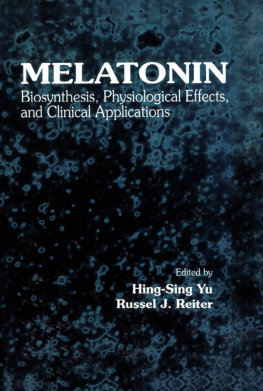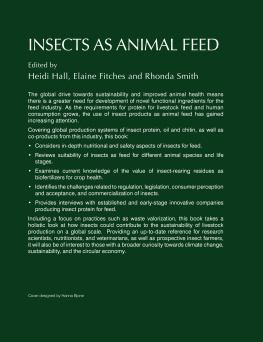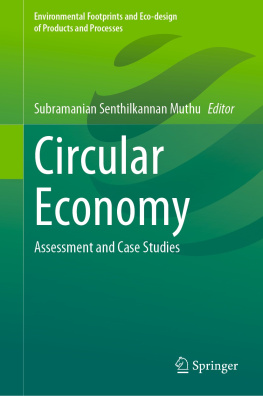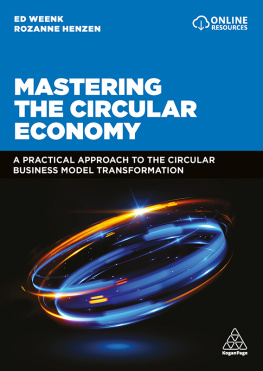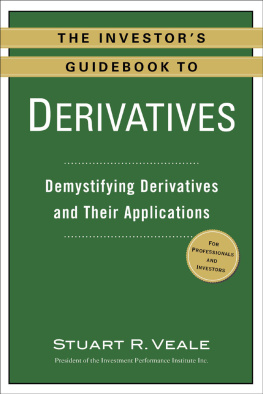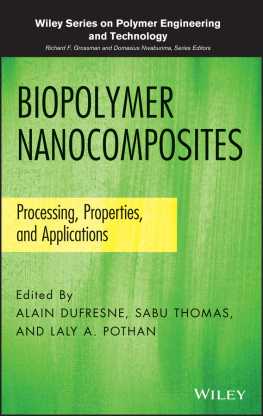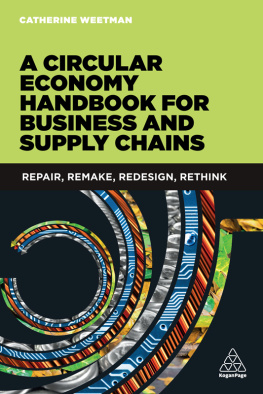Acknowledgments
We express our deepest gratitude to Rodney P. Townsend and to Prof Marguerite Rinaudo and Prof Francisco M. Goycoolea for their remarkable forewords. As worldwide recognized experts in chitin and chitosans, they introduce the book in their most personal way.
Serge Perezs dedication goes to Gabin, Sacha, Ana, and Elya, hoping for a greener planet.
Jean-Luc Wertz dedicates this book to his wife, Lydia; his two children, Vincent and Marie; and his four grandchildren, Mathilda, Nicolas, Carolina, and Laura.
Finally, we thank Allison Shatkin, Gabrielle Vernachio, and Cynthia Klivecka of the Taylor & Francis Group for their efficient support and assistance during the publication of this work. We also thank Ramachandran Vijayaragavan for the production of this book.
1
Introduction
DOI: 10.1201/9781003226529-1
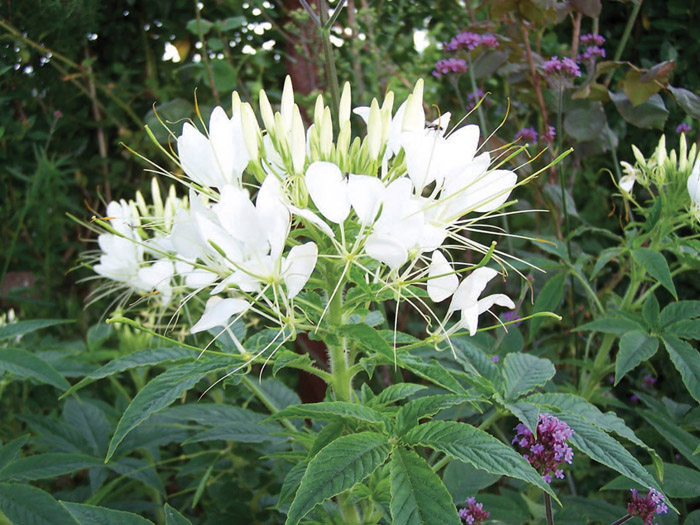
1.1HISTORY AND KEY FEATURES OF CHITIN AND CHITOSANS
Chitin is the second-most abundant natural polymer in the world after cellulose.
Henri Braconnot discovered chitin in 1811 during his studies of higher fungi after the discovery of material particularly resistant to usual chemicalsby Charles Hatchett in 1799.
 A Tribute to Some of the Pioneers Who Discovered Chitin and Chitosan.
A Tribute to Some of the Pioneers Who Discovered Chitin and Chitosan.Eugene Gilson confirmed glucosamine as the repeating unit of chitin in 1894. Evidence for N-acetylation in chitin was provided in 1902 by Sigmund Frnkel and Agnes Kelly, who obtained N-acetyl-D-glucosamine by gentle hydrolysis of chitin at room temperature using 70% H 2 SO 4 . However, the final chemical structure of chitin was only elucidated by Earl R. Purchase and Charles E. Braun in 1946.
The history of chitosan dates back to 1859 when Charles Rouget described the deacetylation of chitin through its boiling in the presence of concentrated potassium hydroxide. He recognized that the newly obtained product was soluble in acidic solutions, contrasting with the water-insoluble nature of native chitin, thus opening new possibilities for its use. However, it was only in 1894 that the modified chitin received the name chitosan, as given by Felix Hoppe-Seyler.
By the early 20th century, chitin and chitosan were the topics of much research. In 1930, Gnther Rammelbergs research headed toward the verification of the uniqueness of chitosan from the sources of chitin, specifically crab shells and fungi, and the production of fibers from these different systems.
An essay, Historical Landmarks in the Discovery of Chitin, describes the 220 years of the development of chitin. The essay covers five periods: (1) discovery from 1799 to 1894, (2) a period of confusion and controversy from 1894 to 1930, (3) exploration in 1930 to 1950, (4) a period of doubt from 1950 to 1970, and (5) the period of application from 1970 to the present day.
Chitin is a ).
 ). The descriptions of chitin and chitosan structures require several descriptors: the molecular weight distribution, the weight-average molecular weight, the number-average molecular weight, the degree of polymerization (DP) and the dispersity of the molecular weight, and the degree of acetylation (DA) in the case of chitosan.
). The descriptions of chitin and chitosan structures require several descriptors: the molecular weight distribution, the weight-average molecular weight, the number-average molecular weight, the degree of polymerization (DP) and the dispersity of the molecular weight, and the degree of acetylation (DA) in the case of chitosan.In the 20th century, scientists began to investigate the potential uses of the polymer and discovered many beneficial properties. Chitin is nontoxic and biodegradable and therefore more environmentally friendly than most synthetic polymers. It is also an antimicrobial, providing the fungi and animals it coats with anti-disease defenses. In the 1960s, the studies on chitosan dealt with binding with the red blood cells. The substance was considered a hemostaticagent. Chitosans are used at water purification plants for detoxifying water. They spread over the waters surface, where they absorb grease, oils and other potential toxins.
Chitin is a member of the family of structural polysaccharides, as does cellulose.
Here in this book, we describe chitin and chitosans as key ingredients of the bio-economy(biobased economy).
1.2BIOECONOMY
1.2.1DEFINITION IN THE



